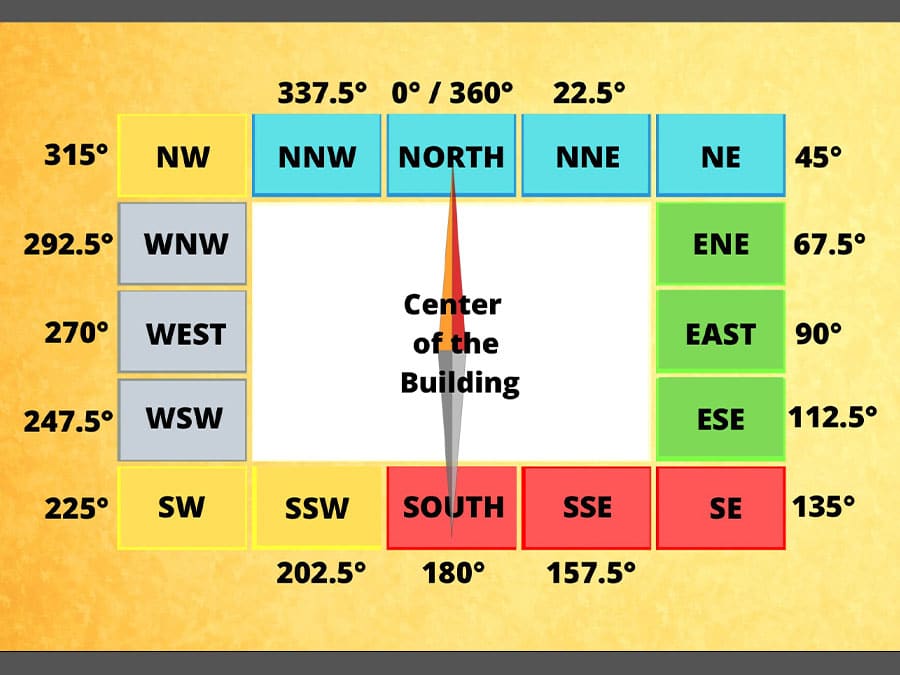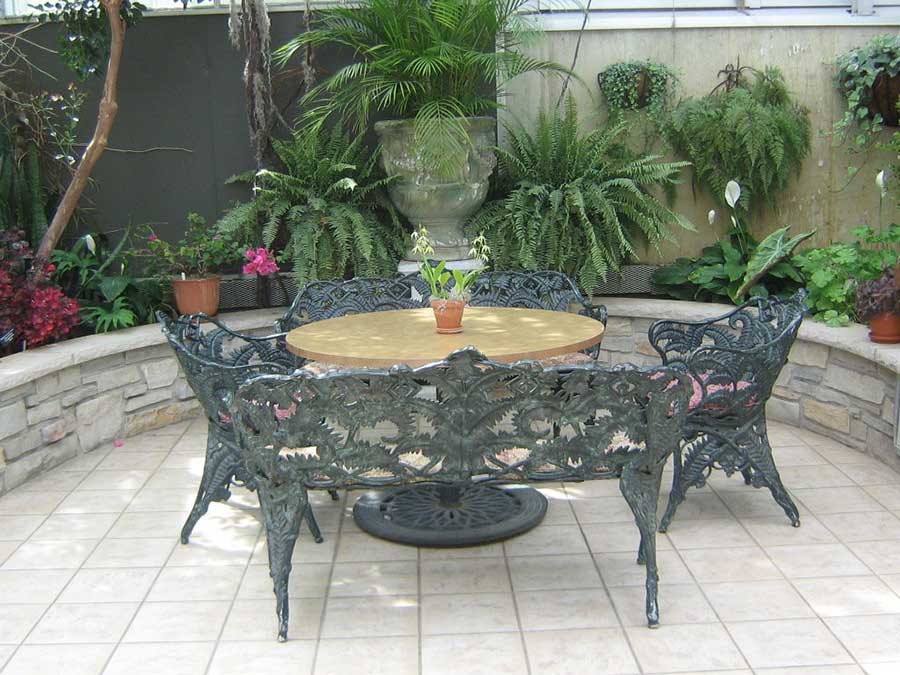Introduction
Vastu is an ancient traditional Indian system of architecture and design philosophy which helps in creating the balance and harmony in the living spaces or workspaces. Vastu helps in making a congenial setting of a space in the best scientific way. It involves the Vastu guidelines and directions for home decors, for constructing houses or offices or any buildings that aligns with the cosmic energies for good fortune to follow. Vastu unifies the art of science with the elements of nature and the energy fields to create a balanced and auspicious environment. The Vastu tips for positive energy helps to maintain a peaceful aura in our lives and secures us from distractions and disharmony.
The word Vastu has been derived from the Sanskrit word Vastu, which means ‘dwelling’ or ‘building’. The origin of Vastu has been evolved during the Vedic times in India. The art of Vastu originates in Sthapatya Veda which is a part of the Atharva Veda, which has emerged as a system of philosophy involving the connection between man and his structures.
The five elements of Vastu Shastra are known as Pancha Mahabhutas. The key elements are Pritvi meaning Earth, Agni meaning Fire and Light, Vayu meaning Wind, Akash meaning Space and Jal meaning Water. The entire universe including every living object is considered to be made of these five elements that affect the cosmic forces and the forms of energies.
The ten Vastu guidelines for positive energy for designing the exterior areas are as follows:
1. Vastu Guidelines for Directional Alignment

The cardinal directions i.e., the north, south, east, and west play an important role in Vastu. Each direction has its own significance and is attributed to the various aspects of life. The main entrance or the way for the opening space of the exteriors should be in a favorable direction and must not be obstructed from any negative sources. A well-designed exterior with proper entrances and opening spaces welcomes positive energy to the home.
2. Vastu Guidelines for Shape and Design
Exteriors of the residential buildings are believed to influence the flow of energy and the well and good fortune for the residents. Symmetrical designs are favored in Vastu as they promote harmony and balance. Square and rectangular shapes are considered harmonious and stable. Any irregular shapes or uneven corners must be avoided. The garden and landscaping of the exterior should follow the Vastu guidelines for an auspicious flow of energy.
3. Vastu Guidelines for Color Scheme
We should always opt for calming colors for the exteriors. The choice of color used for the exterior paints can influence the energy of a space. Earthy and natural colors are mostly used for the exteriors for a harmonious connection with the natural surroundings. The earthy tones are always inclined towards nature and are very soothing for the environment and attract a peaceful flow of positive energy.
4. Vastu Guidelines for Seating Areas

A right choice of a sitting space is very much important in planning the Vastu for exterior. Space needs an ample amount of effort to create a comfort zone for the residents to spend their leisure time. The northwest or southeast corner of the exterior is the best choice for building your exterior for a better and healthy social connection and for relaxation.
5. Vastu Guidelines for Positive Energy
The main motive of Vastu is attracting positivity. The flow of energy should always bring positivity and happiness to one’s life. The right way to attract positive energy to the exterior is to create a balance and well-planned space with the right choice of color, plants and correct use of our directions is the layout of our home. The right and correct use and understanding of Vastu guidelines shall bring positive energy to us.
6. Vastu Guidelines for Statues and Ornaments
Placing and decorating our exteriors we must select the right statues for a positive atmosphere. The materials for the exterior should be made from materials such as metal, stones and wood. The correct representation of statues and ornaments should be kept that symbolizes positive significance and resonates with our belief towards peace and harmony. The size and arrangement do matter in arranging the exterior. Too many pieces must be avoided. The designs should be kept in a clean manner and simple and elegant.
7. Vastu Guidelines for Water Factor
Water is one of the most affective medium to attract positive energy in our homes and in our lives. The correct affirmation through water always brings us a successful positive result. Water elements are an important aspect in designing the exterior of our homes. The water element like fountain or small pond or a water body is the northeast or north area of the garden can bring positivity. We must always follow the rule of the flow of water towards the center of the house and the water must be clear and not stagnant to attract positive energy.
8. Vastu guidelines for Location of Garden
Generally, the garden is a centerpiece of attracting in the exteriors of our homes. A beautiful garden can create magic and bring freshness and happiness. The blooms can add a charm to the exteriors and also maintain the ecological balance in nature. According to the Vastu guidelines, the right direction of the garden should be in the northern or eastern part of our residence for better energy to flow in and the overall spiritual harmony of the exterior space.
9. Vastu Guidelines for Planting

Healthy and vibrant plants and trees are always best for our exterior according to Vastu guidelines. One must avoid thorny plants as these are considered inauspicious and bring distractions to our lives. Planting trees in the north or east is very good and considered a positive magnet. If we cannot place the plants and trees in the north or east direction, the south or west is the second-best options according to Vastu guidelines.
The garden of the exterior should receive adequate sunlight for the plants to survive. A well and healthy plant and trees are considered to bring vibrant and positive environment We should always remove the dead plants or any dying plants, as they can symbolize negativity and dead locks. Some of the best plants and trees according to Vastu are Jade, Money plant, Snake plant, Lucky bamboo, Tulsi, Aloe Vera, Neem tree, Coconut tree, Banana plant and many others.
10. Vastu Guidelines for Cleanliness
According to Vastu guidelines, maintaining cleanliness in the exterior of your home is an important aspect as it promotes positivity and a correct flow of harmony. We should always ensure to clear the dry leaves, debris that accumulates over time. Any broken items and unused objects must not be stored or piled up on the exterior of our homes. Clutter can obstruct the flow of positive energy. We should always pay special attention to the cleanliness of the entrance of our exteriors. Sweeping the exteriors timely keeps the space clean and fresh. This not only enhances the exterior space but also promotes and brings a positive aura to our homes.
Conclusion
It is very important to remember that the Vastu guidelines are deeply rooted in the cultural and traditional beliefs which may vary from region to region and with different ways of practitioners. It is necessary to create a balance between Vastu principles and modern architectural consideration. Protech Group over the experience of many years have a strong belief in Vaastu where they design and build residential buildings considering the Vastu as a major factor in their residential projects. For more information, you can click here.

